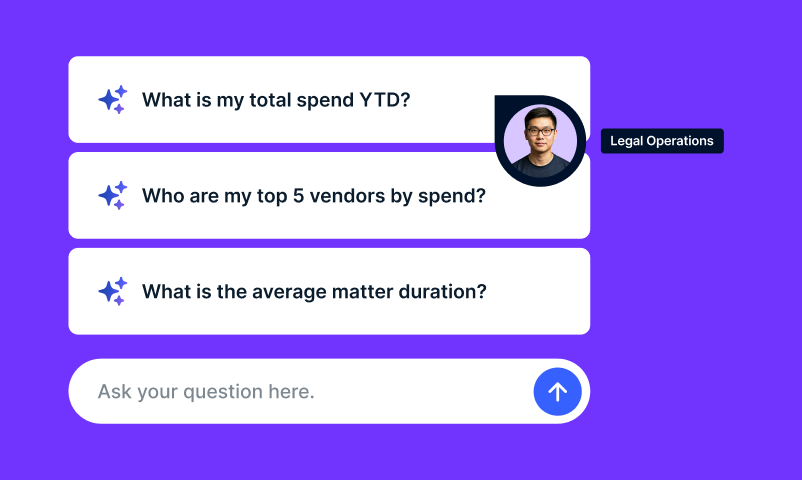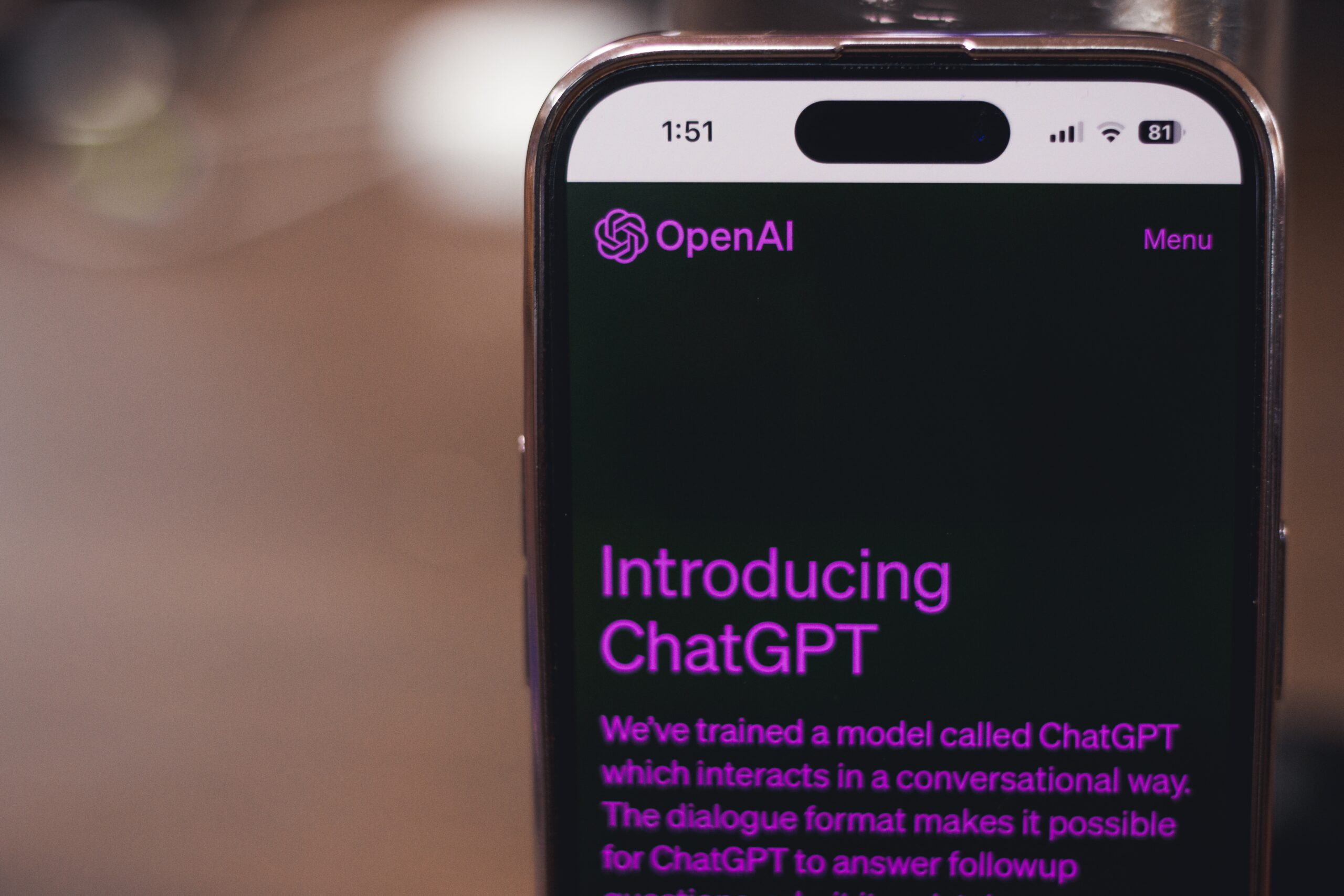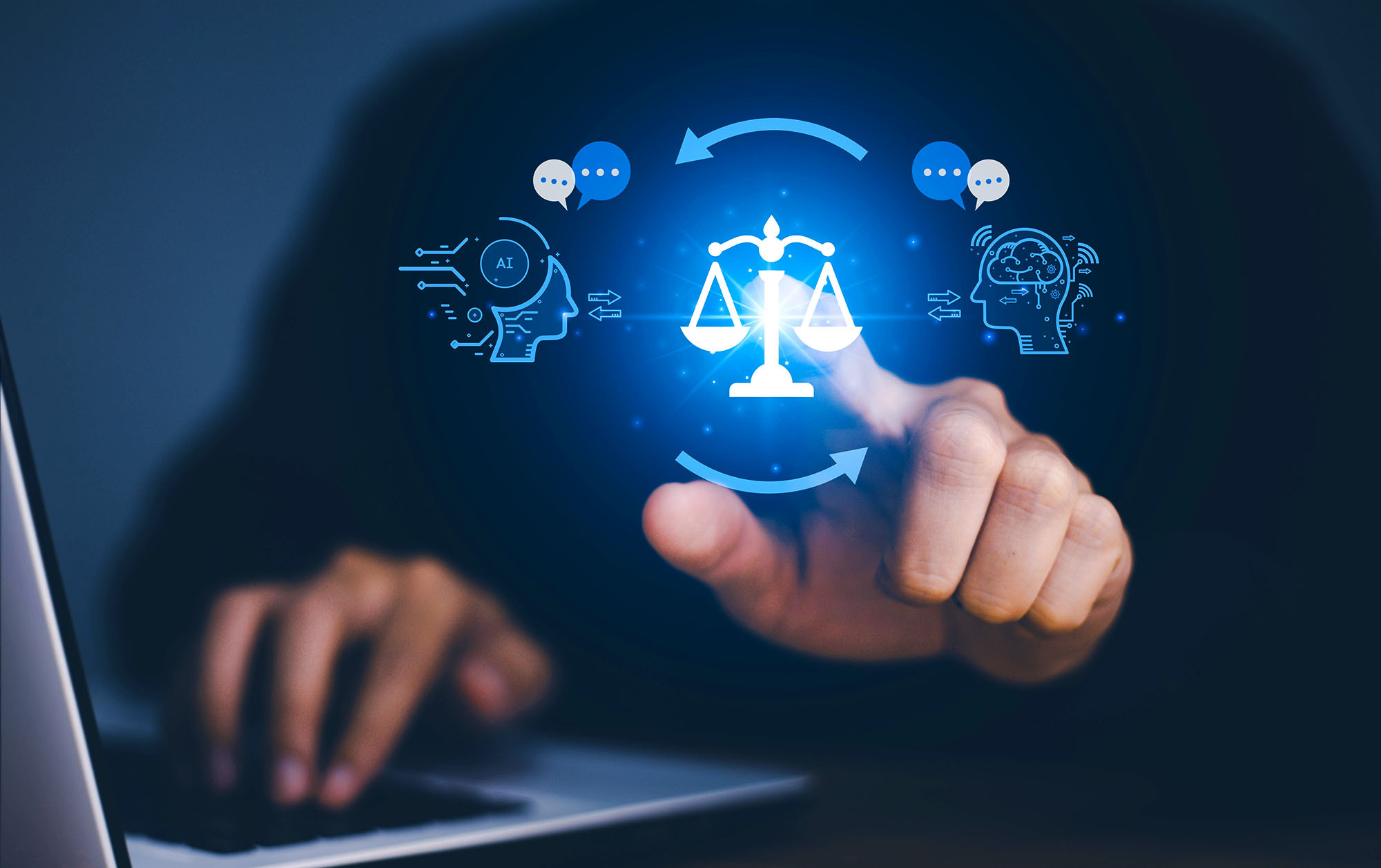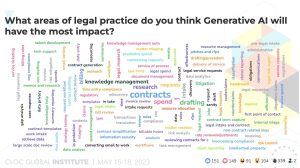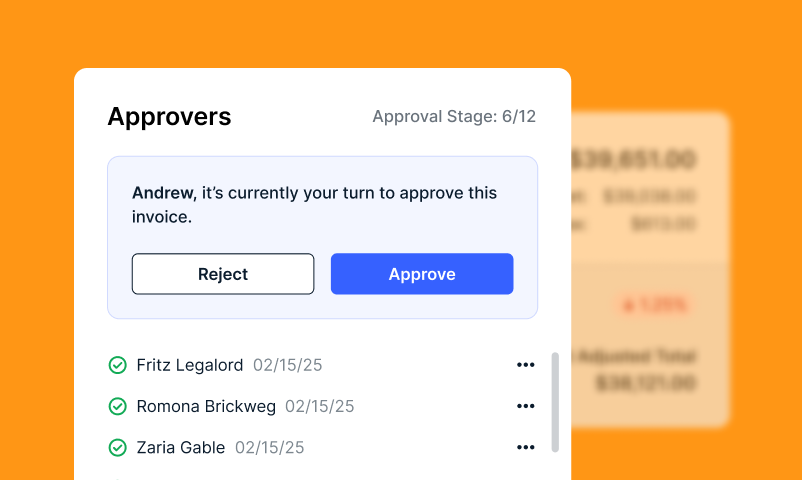
A New Era of Contract Lifecycle Management (CLM): Quickly and Accurately Draft, Review, Redline, and Edit All Types of Contracts in Minutes
The legal landscape is rapidly evolving, with technology at the forefront of this transformation. At Onit, we understand that the demands on legal teams are higher than ever before. Efficiency, accuracy, and speed are no longer just nice-to-haves—they are essential. That’s why we are excited to introduce the enhanced ReviewAI, now powered by Onit’s industry-leading generative AI capabilities.
Pioneering AI in Contract Management
For over three years, ReviewAI has set the standard in automated contract review as the first software that truly reads, writes, and reasons like a lawyer. But we didn’t stop there. We’ve continuously innovated to ensure that ReviewAI not only meets but exceeds the needs of modern legal departments. Today, we are proud to announce that ReviewAI is even more powerful, thanks to its integration with the latest in generative AI and large language models (LLMs).
Jean Yang, Onit’s VP of GTM Strategy and AI Transformation, shares, “We’re extremely proud to offer ReviewAI as a standalone product for organizations everywhere. By deploying the game-changing technology of generative AI, we are providing intelligent contract review that is intuitive, collaborative, and user-friendly.”
Why Generative AI Matters for Legal Teams
Generative AI is not just another buzzword—it’s a transformative force that is reshaping how legal teams operate. With ReviewAI, you can draft, review, redline, and edit all types of contracts in minutes. The result? Legal teams can focus on strategic priorities rather than getting bogged down in routine tasks.
ReviewAI delivers:
- 4x faster contract audit and migration projects
- 70% faster contract negotiations
- 400% accelerated data entry and validation projects when connected with Onit CLM, reducing human effort by 60%
This isn’t just about speed—it’s about enhancing accuracy and boosting overall organizational performance. By leveraging Generative AI-powered chat and virtual assistants, ReviewAI allows users to ask questions and receive answers on the fly, making contract reviews more efficient and precise.
Reimagining Contract Playbooks
One of the standout features of ReviewAI is its library of playbook templates, pre-configured with legal concepts, fallbacks, and approved clauses. These templates are ready to be used out-of-the-box, accelerating the review process and ensuring consistency across your legal documents. Legal and business leaders can also configure these playbooks to align with their unique business standards, providing a tailored approach to contract management.
Natural Language Processing (NLP) further enhances ReviewAI’s capabilities by providing AI-powered legal text processing. ReviewAI meets you where you work, whether it is in Word, via email or a multilingual environment, making it easy for legal professionals or business users to adopt and utilize these tools.
Moreover, Onit’s commitment to ethics and privacy is paramount. Our detailed Ethics & Privacy / Zero Data Retention policy, coupled with robust support for EU customers, ensures that your data is secure and managed responsibly.
The Future of Contract Management is Here
As Jean Yang eloquently states, “ReviewAI represents the future of contract review, delivering precision, speed, and an AI virtual assistant that speaks your language. It’s the adaptable, AI-powered solution for tailored contract workflows that agile organizations need to scale and adapt in an ever-changing, fast-paced business environment.”
In a world where business agility is key, ReviewAI offers the tools that legal teams need to stay ahead. Whether you’re looking to streamline your workflows, improve accuracy, or simply keep up with the pace of business, ReviewAI with Generative AI technology is your answer.
Take the Next Step
Ready to experience the future of contract management? Schedule your demo of ReviewAI today and discover how generative AI can transform your legal operations.

